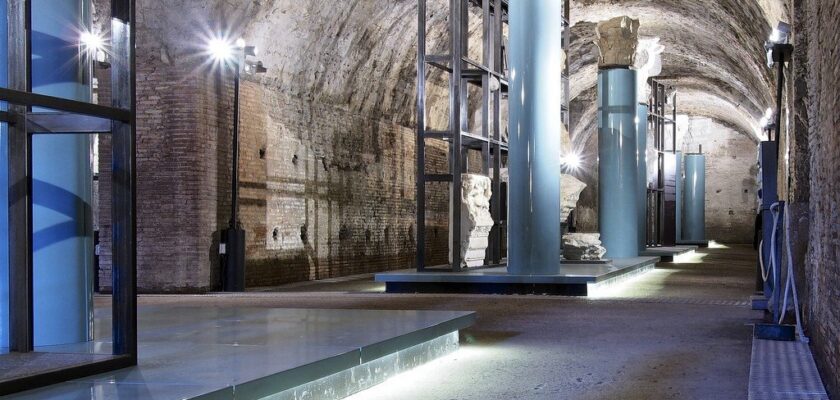Terme di Caracalla
Thermae di Caracalla are the monumental thermae of Emperor Caracalla in Rome. The construction of the thermae was begun in 206 by Emperor Septimius Severus, and completed by his son and successor Caracalla.
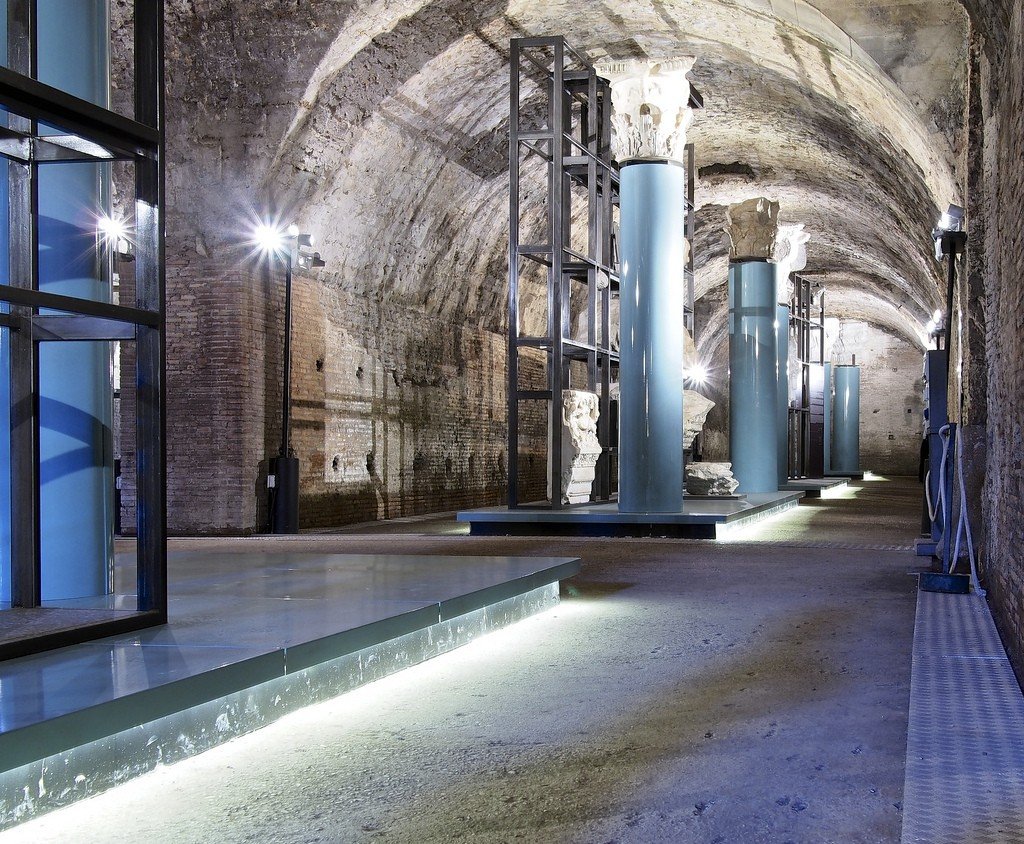
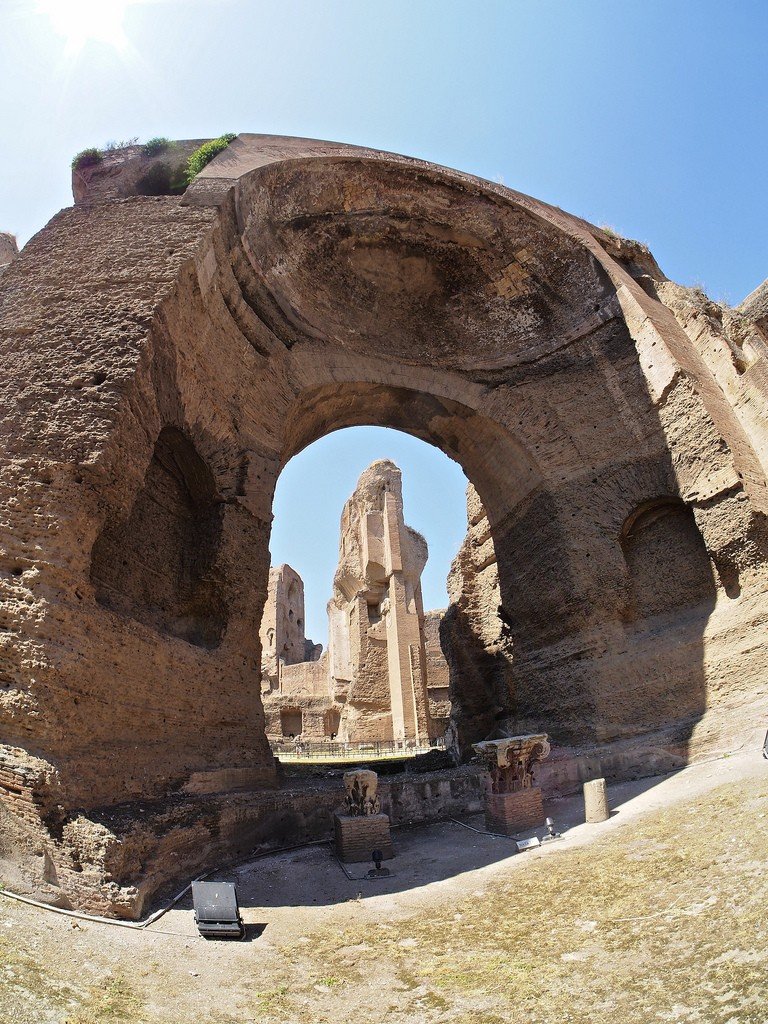
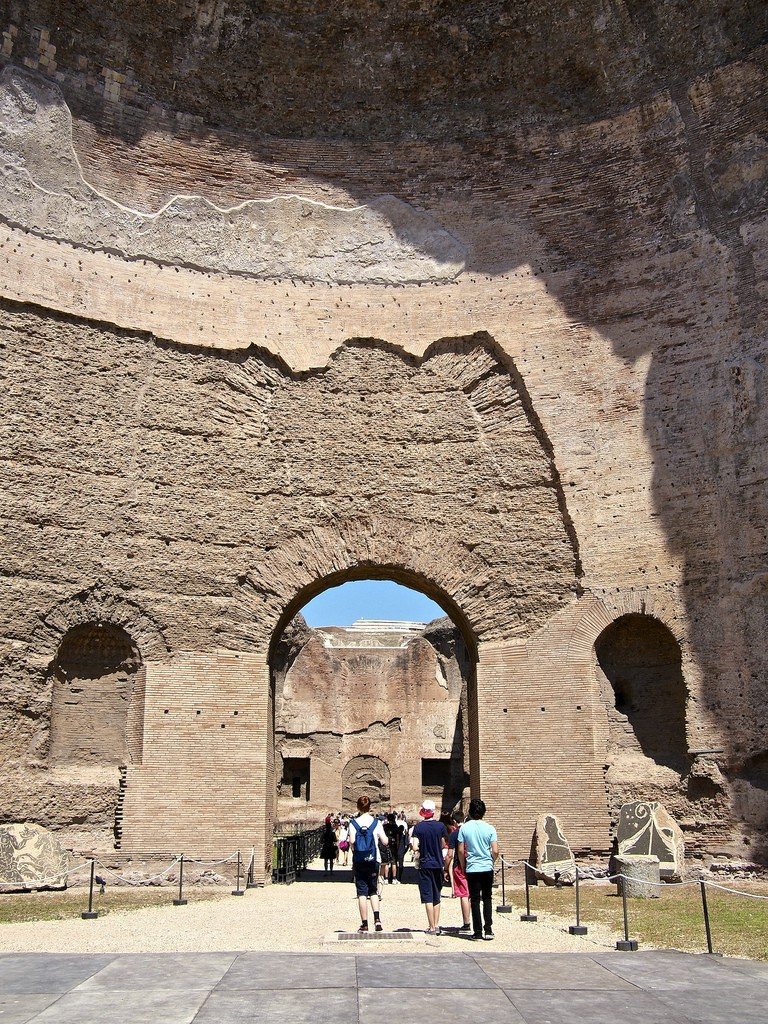
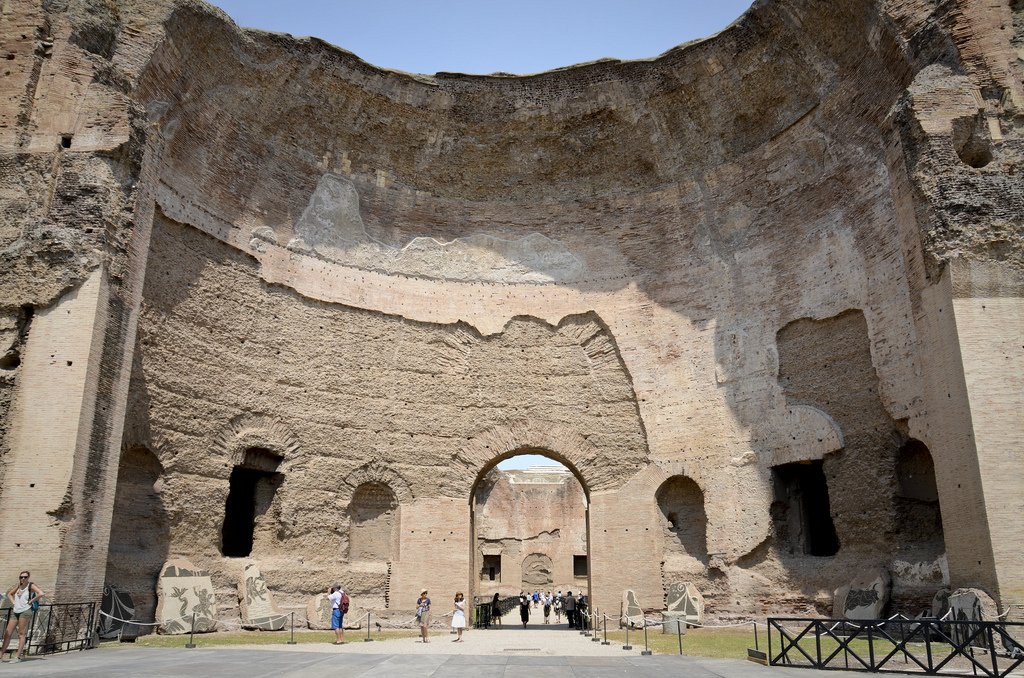
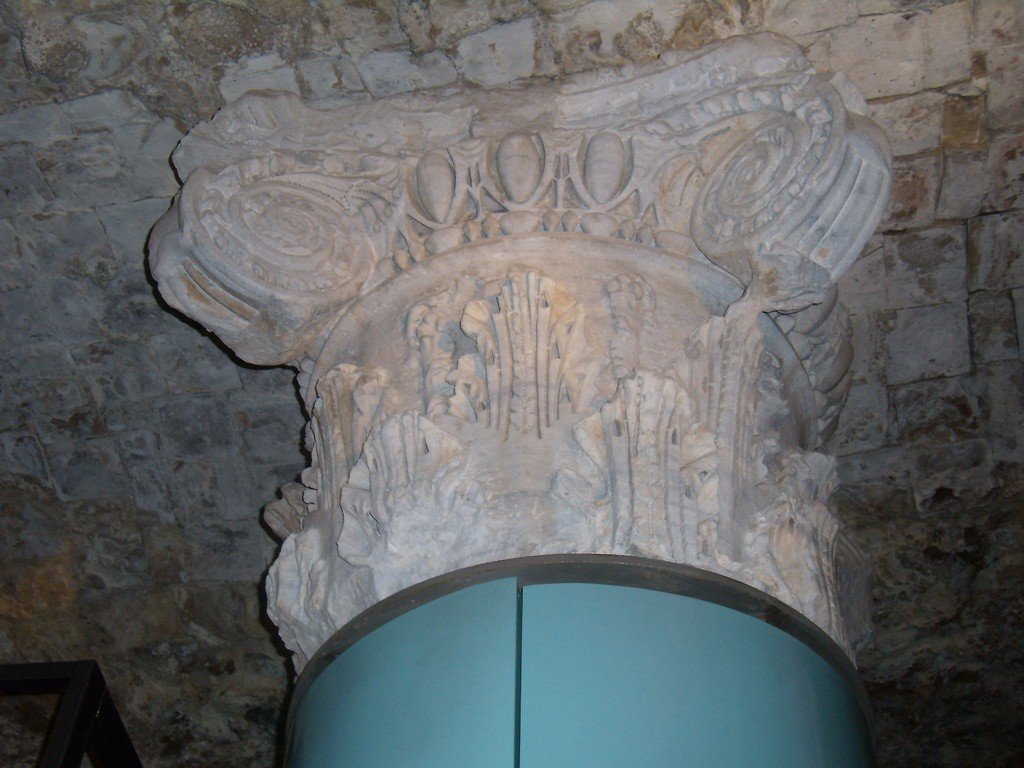
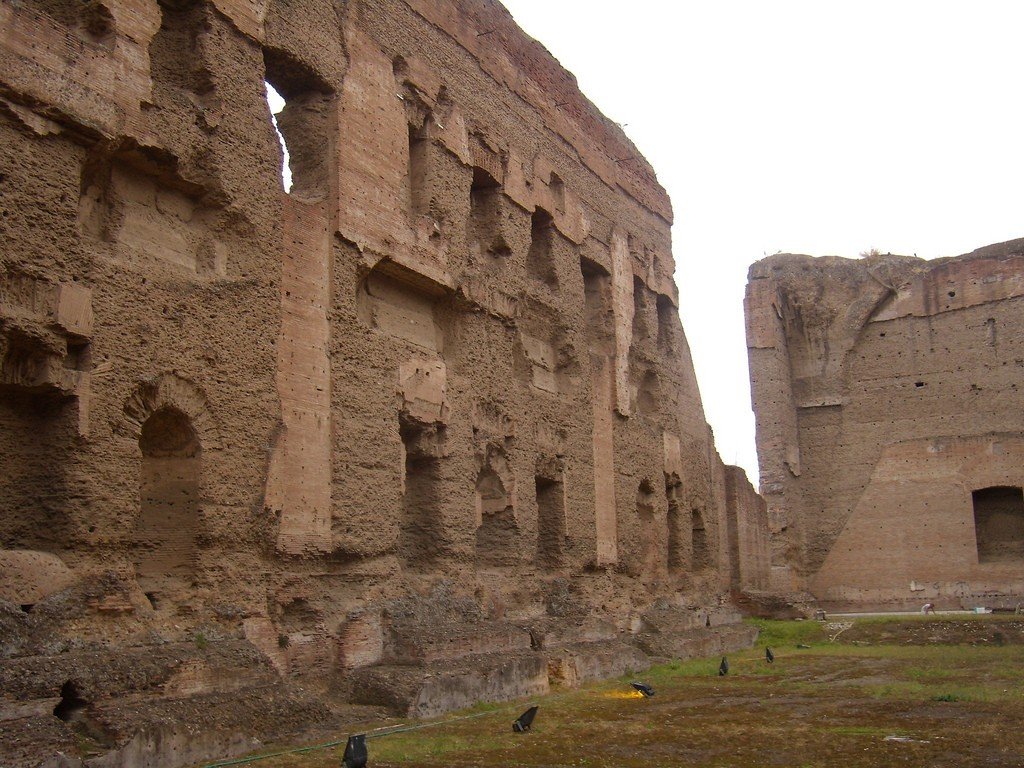
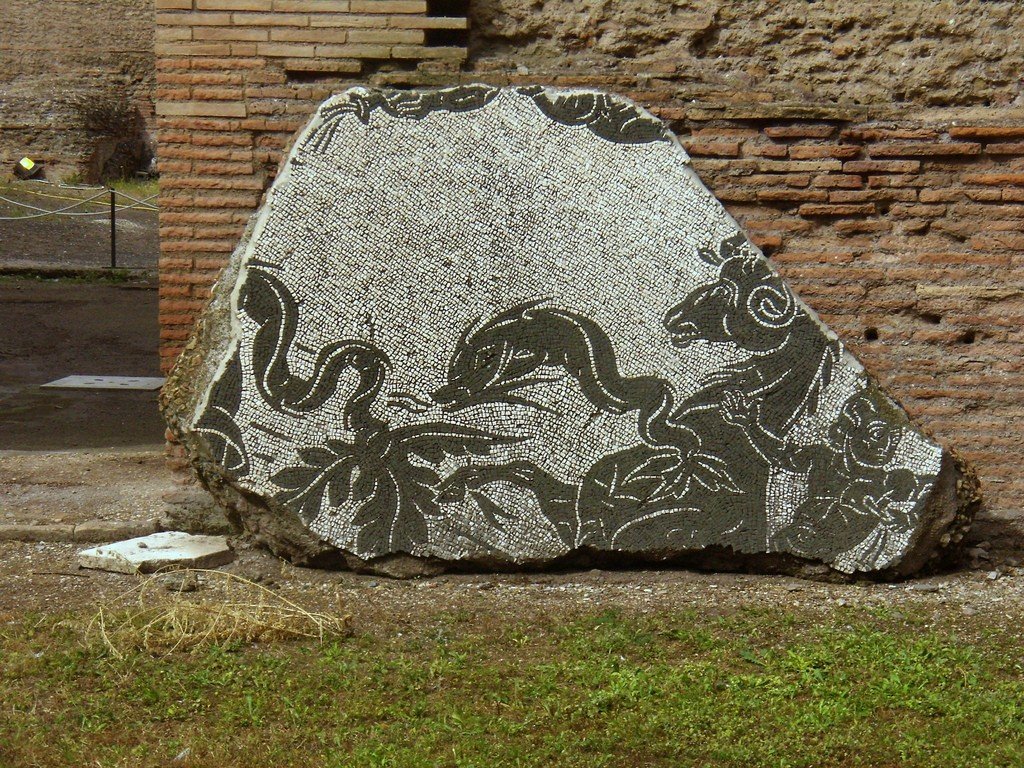
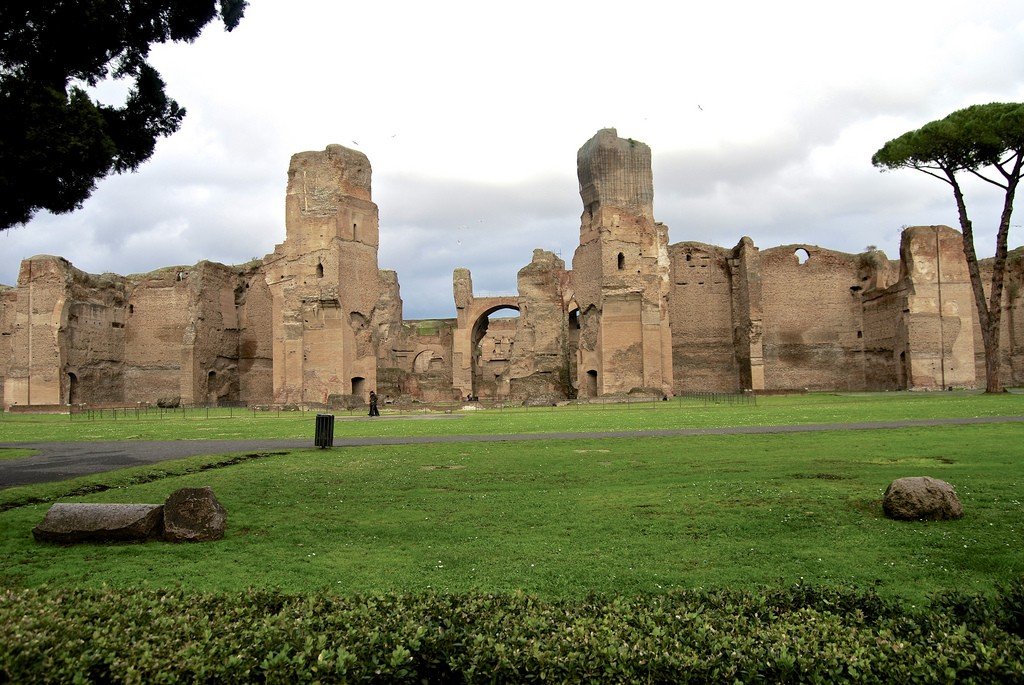
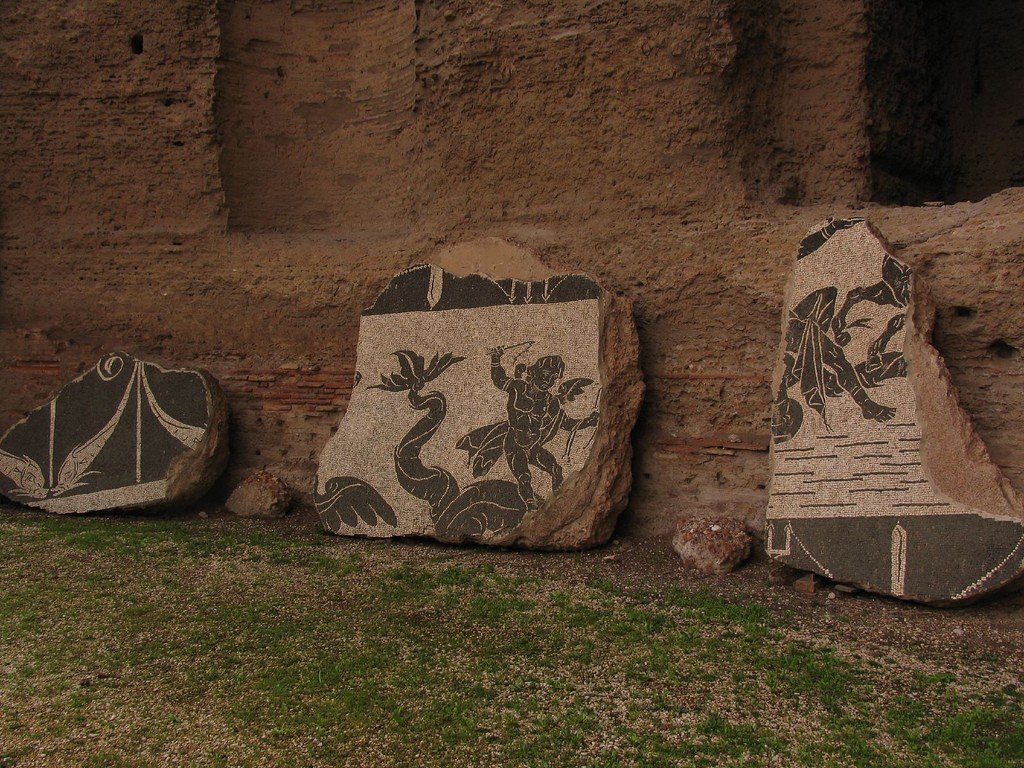
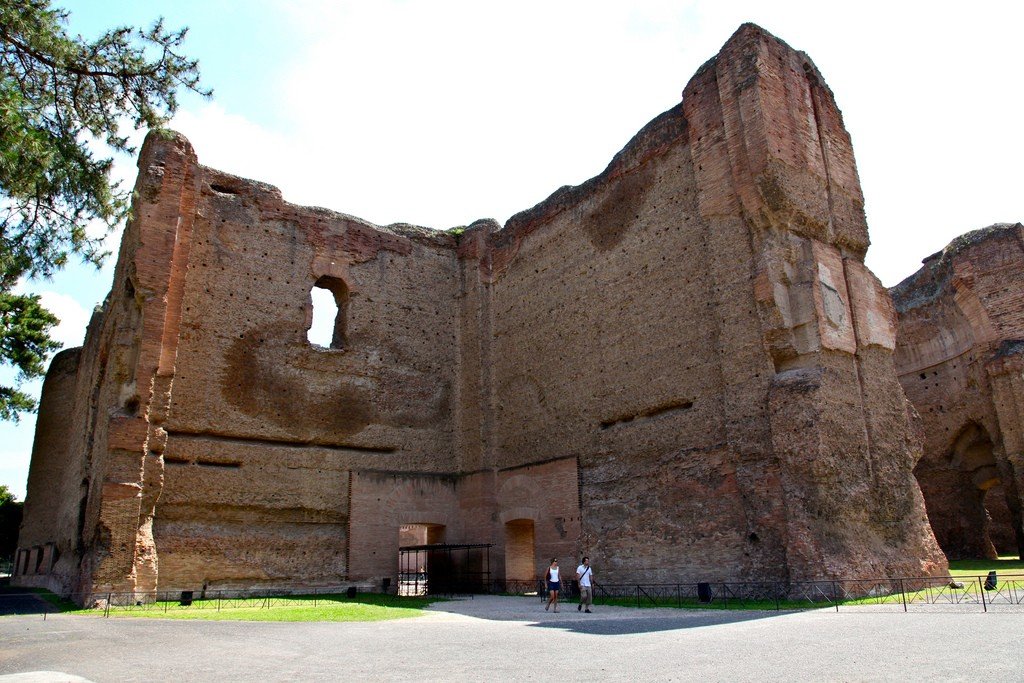
Purpose
Thermae served more than just bathing; the modern concept of a “recreational park” is apt to describe the function of thermae in Antiquity. On an area of 109,000 square meters, 1,500 people could relax and enjoy themselves in heated rooms, practicing gymnastics and other sports, walking in the gardens, listening to lectures or working in the libraries. Formerly marble-clad and mosaic-decorated, the huge columned rooms give an idea of the place given to public baths in Roman times.
.Architecture
The main building, the “bath-house”, lies in a park which is surrounded by a continuous line of different rooms. The bronze bindings of the huge semicircular windows of the main hall are inset with thin plates of translucent ivory-colored stone. Because of this, the hall is illuminated with an even golden light. The walls of polished marble seemed to dissolve into a height where a vault of unprecedented size floated. Outside the thermae of Caracalla were lined with marble slabs, under the marble – many meters thick local stone and concrete – a mixture of lime with pebbles and sand. The Romans used bricks or hewn stones to form the shell of the building. The concrete mass was poured into it. As the concrete hardened, it became stronger than stone. Many buildings, which seem to be made of separate slabs, actually consist of a single hardened concrete “piece”. Two large exedras are arranged to the right and left of the main entrance; in front of each is a palaestra. At the rear of the garden (opposite the main entrance), in the right and left corners, are two spacious halls; judging from their interior furnishings, they must be considered libraries; on three sides along the walls were low steps that led up to niches where scrolls were kept. In the center between these halls there are rows of seats in an amphitheatre; these rows are somewhat rounded at both ends. In front of them was a stadium, which could be viewed both from the thermae themselves (from the back rooms) and from this amphitheater. Above it were cisterns with water for the thermae: 64 vaulted rooms, running in two rows and in two floors. The water for these cisterns was taken from the Aqua Martius.
.There were four entrances to the “bath building”; through the two central entrances one could enter the covered halls that were on either side of the frigidarium. Above the frigidarium there was no roof; behind it on one axis lay a large hall, which for a long time was mistaken for a tepidarium, though it had no furnace, a tepidarium and behind it a round caldarium, the dome of which (35 meters in diameter) was supported by eight powerful pilasters; two of them still stand in place. The caldarium was surrounded by small compartments where one could wash alone. On either side of the caldarium were rooms for meetings, recitations, etc.
.
Among the many rooms of all kinds that were to the right and left of these rooms for washing, two palestras, two large open courtyards surrounded on three sides by a colonnade, should be noted. These palestras are perfectly symmetrical, one on the north-east and the other on the north-west side of the building, and each of them had an apse overlooking it. In the floor of these apse was the famous mosaic with figures of athletes, belonging probably to the IV century AD (found in 1824, kept in the Lateran Museum). The emperors not only strove to decorate their thermae with art, not only lined the walls with marble, covered the floors with mosaics, and placed magnificent columns: they systematically collected works of art. In the thermae of Caracalla once stood Farnese bull, statues of Flora and Hercules, the torso of Apollo of Belvedere (not counting many other less significant statues). People came here not only to wash off the mud, but also to relax. Thermae were of particular importance for the poor. Not without reason one of the modern scientists called the thermae the best gift that the emperors made to the Roman population. The visitor found here and a club, and stadium, and a garden of rest, and a house of culture. Everyone could choose what was to his liking: some, washed, sat down to chat with friends, went to look at the fight and gymnastic exercises and do them themselves, others wandered through the park, admiring the statues, lingered in the library. People left with a reserve of new strength, rested and renewed not only physically, but also morally.
